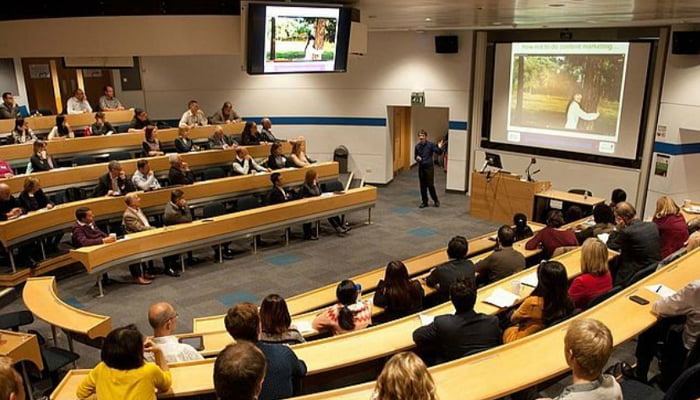
We tell students they can be anything they want—doctor, coder, artist, entrepreneur. But what we don’t always give them is the map to get there. So it’s no surprise that after high school, many students feel one thing above all: completely lost.
In a world with endless options, freedom can start to feel like pressure. Here’s why so many students struggle after graduation—and what we can do about it.
🧭 1. “Follow Your Passion” Sounds Good—But It’s Confusing
“Do what you love” is inspiring advice.
But what if you don’t know what you love yet?
High school students are often told to pick a major, career path, or college track by age 17—but many have barely had exposure to the working world. They might’ve heard of psychology or computer science but never seen what a day in those careers looks like.
💡 Reality check: Passion isn’t always something you find—sometimes it’s something you build, through exploration, trial, and practice.
🎓 What helps:

Career shadowing, internships, or part-time jobs in high school
Exposure to real people in different fields through talks or mentorship
More time for exploration in the first years of college or post-grad programs
🛣️ 2. No One Teaches How to Make a Big Life Decision
Want fries or a salad? Easy.
Want college or trade school? That’s… a lot harder.
Choosing a post-high school path isn’t just about interest. It involves money, family expectations, job prospects, and long-term lifestyle. But very few teens get help in actually making decisions—how to weigh options, research industries, or talk to professionals.
🎓 What helps:
Decision-making frameworks (pros/cons lists, personality-career matches)
Assignments like “Plan 3 Different Futures” to explore various life paths
Guidance counselors offering structured one-on-one sessions before graduation
🧩 3. There’s a Whole World of Options—But Students Only Hear About a Few
Ask a high schooler what careers they know. You’ll often hear: doctor, lawyer, teacher, engineer.
There are hundreds of valuable, in-demand jobs that don’t require a 4-year degree—and they often pay well and offer real stability. But many schools still focus mostly on college prep, ignoring options like apprenticeships, certifications, or even entrepreneurship.
🎓 What helps:

Bring in guests from nontraditional fields: plumbers, coders without degrees, small business owners
Host “career days” that highlight diverse industries—not just the academic elite
Make trade programs and community colleges part of the conversation, not a backup plan
🏗️ 4. Too Few Real-World Skills Taught in High School
We ask kids to pick a path—but don’t teach them how to manage money, job hunt, or write an email.
It’s not just about knowing what to do. Many graduates don’t know how to live on their own, manage time, budget for rent, or speak to a hiring manager. That gap makes “adulthood” overwhelming.
🎓 What helps:
Integrate life skills into the curriculum: budgeting, interviewing, goal-setting
Offer project-based courses where students apply what they learn to real-world problems
Partner with local businesses for “school-to-work” programs
💬 5. Social Media Makes Everyone Else Look Like They’ve Figured It Out
Instagram shows 22-year-olds traveling the world or “making six figures in tech.”
Real life? Most people are figuring things out slowly, and that’s okay.
Teens are under pressure not just from parents and teachers, but also from each other. When success stories go viral, it’s easy to feel like you’re already behind—even if you’re just 18.
🎓 What helps:

Normalize nonlinear paths: talk openly about gap years, switching majors, career changes
Invite alumni back to talk about the messy parts of early adulthood
Build a culture that values exploration, not just achievement
🛠️ 6. So, What Can We Do About It?

Here’s what schools, parents, and communities can start doing today to help teens feel more prepared, not just pressured:
✔️ Start earlier. Career exploration shouldn’t begin senior year—it should start in middle school, with light, curiosity-driven exposure.
✔️ Make choices visible. Build maps that show how different paths look—from high school to tech certification, college to career switch.
✔️ Treat uncertainty as normal. It’s okay not to know. Help teens develop decision-making muscles instead of expecting them to “just know.”
✔️ Put mentorship front and center. Whether it’s alumni, teachers, or industry partners—real stories help students see what’s possible.
🎓 Final Thought: From Overwhelmed to Equipped
Too many students are told they have every option in the world—then left alone to choose, with no tools, no map, and no safety net.
Freedom without guidance isn’t empowerment—it’s stress.
But with better systems, earlier conversations, and more realistic support, we can replace confusion with confidence—and help the next generation step into adulthood with clarity, not chaos.
